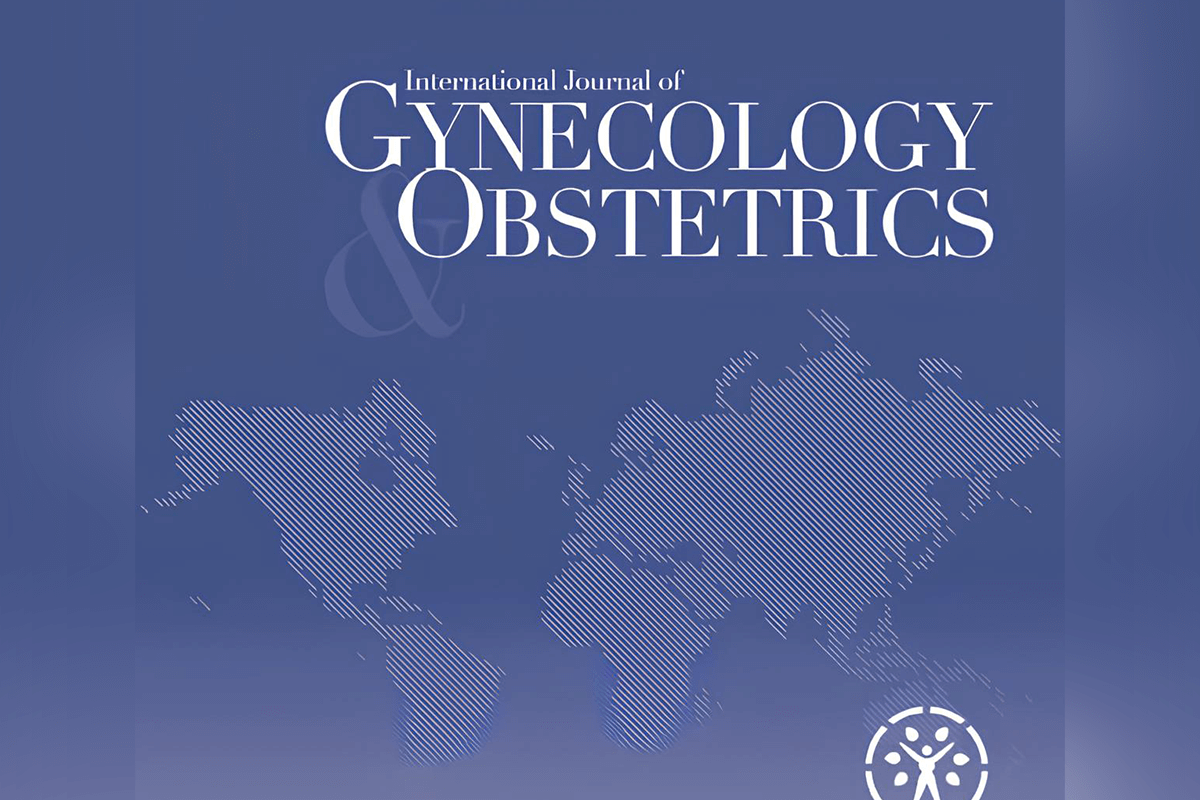
by Sarah Ingamells, Denise Steers, Claire Henry, Tai Hartley-Parsons, Sara K Filoche
International Journal of Gynecology & Obstetrics, 28 March 2024
Abstract
Objective: To explore the experiences of care surrounding hysterectomy as part of gender affirming surgery.
Methods: An in-depth reflexive thematic analysis from accounts by 10 out of 12 people was undertaken. Experiences were then mapped to the surgery journey as a template for developing system responsiveness.
Results: No one person’s experience of the procedure was affirmed across the entire surgery journey. Transgender health literacy was central to inclusive practice as it mediated bodily autonomy being upheld. The physical care environment influenced the experience, for example, the waiting room was marginalizing (intimidating), with a gendered clinic name and toilets. Some participants took a female support person/partner so that “people looking would assume that I was there supporting her, not the other way around.” Communication misalignments were evident around information provided/understood about fertility and ovarian preservation. Participants were also placed in the position of both receiving care and providing education: “I also shouldn’t have to be going in there for treatment, and then being expected to educate the medical professional who ismeant to be helping me… I’m not getting paid to give you a TED talk on how my trans body works.” The experiences mapped across the surgery journey highlighted multiple levels of service provision development needed to foster inclusive practice, for example, from workforce education to healthcare policy.
Conclusion: Healthcare for transgender people can be unsafe and inequitable. Increasing transgender health responsiveness across the surgery journey will facilitate better alignments in communication and uphold bodily autonomy, leading to safer and inclusive practice.
Introduction (first paragraph)
Gender-affirming surgery includes “chest” surgery, such as mastectomy, and “genital” or “bottom” surgery, such as hysterectomy, oophorectomy, vaginectomy, metoidioplasty, and phalloplasty. Internationally there have been an increasing number of gender affirming surgeries, with some clinics reporting a 35-fold increase in referrals over 25 years. The absolute number of gender affirming surgeries are difficult to determine as procedures can be undertaken privately and/or overseas. A US study estimated the rates for hysterectomy per 100 000 was 0.09 (95% CI: 0.03–0.15) in 2017. Public funding for gender affirming surgery in Aotearoa/New Zealand (where this research was undertaken) has been available since 2019, budgeted for 4 years for the delivery of up to 14 surgeries per year.
Access to surgery in New Zealand, and other countries, varies by hospital location and services that hospitals are able to provide.
The benefits of gender affirming surgery are now well recognized; however, there are few published accounts of experiences of care for these surgeries. Healthcare professionals that are knowledgeable of transgender health have been shown to play a significant role in shaping positive surgery experiences. To date there have been no reports that have explored experiences of hysterectomy gender affirming surgery. As such we aimed to explore people’s experiences for hysterectomy gender affirming surgery. First, we describe the qualities of the encounter as those that were gender affirming (inclusive practice) or gender discordant (marginalizing practice) experiences. These qualities are then presented as a template for building transgender health responsiveness across the whole surgery journey.



